
Record Warmth. Check out Monday's highs, courtesy of the National Weather Service. Temperatures were 25-35 degrees above average statewide. Amazing.
3" snow so far at Buffalo, New York. That's 27" below normal, to date.
-12.3 C. New all-time record high temperature set at the U.S. South Pole Station on Christmas Day, 2011.
4.2" snow in Amarillo, Texas on Christmas Day; snowiest in 72 years.
1 minute. Northern latitudes have picked up approximately 1 additional minute of daylight since Dec. 21. That will increase to 3 minutes by Saturday, New Year's Eve.
168 billion e-mails sent every 60 seconds, worldwide. From a Business Insider article and infographic below.
94 billion e-mails sent every year, worldwide.
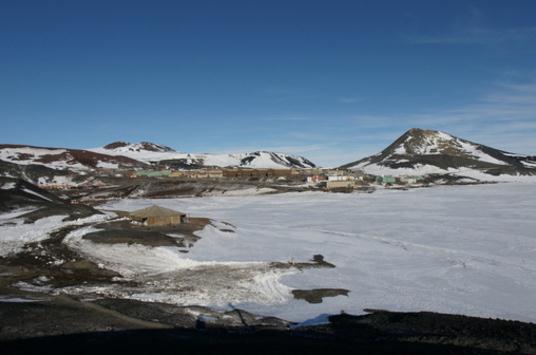
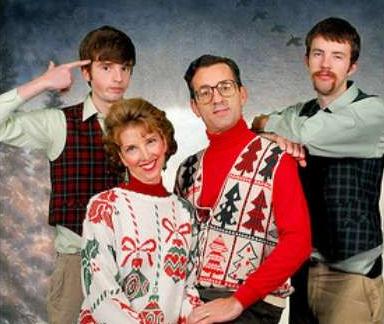
"Friends are God's apology for relations." - Hugh Kingsmill.
"The only rock I know that stays steady, the only institution I know that works is the family." - Lee Iococca
* photo above courtesy of thechive.com.

An Amazing Dearth Of Snow. I can't remember a winter with so little snow as of December 25, not 2006, 2002, even 1997. Brown ground is clearly visible in yesterday's NASA "MODIS" high-resolution visible satellite image. Some snow is visible over the MN Arrowhead, northern Wisconsin and northern Lower Michigan - otherwise there's precious little snow - even in some of the traditional snow belts downwind of the Great Lakes.

Predicted Snowfall Through New Year's Eve. The latest GFS model is predicting a couple inches of snow for far northern Minnesota; a potentially plowable accumulation for northern New England, with the first significant lake-effect snow event shaping up from Cleveland to Buffalo and Rochester, New York.
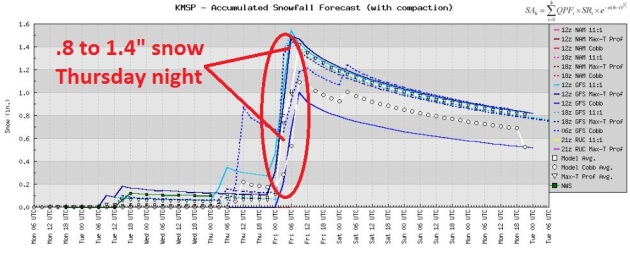
Thursday Night Coating? Yes, this is about as exciting as it's going to get into the first week of January - a potential for a slushy inch or so of snow Thursday night. Nothing but a few (pathetic) dribs and drabs of snow.
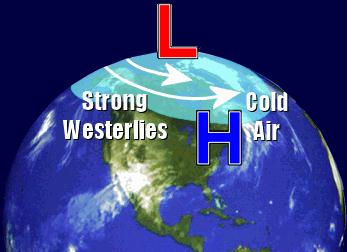
How The AO, NAO and PNA Affect Winter Weather Patterns. EverythingWX has an excellent explanation of winter blocking patterns. The bottom line: westerlies may ease a bit by mid January, allowing colder air to surge southward into the Lower 48 States. Big storms often spin up along the leading edge of these fresh (arctic) airmasses. Nothing is imminent, but my gut is that the potential for accumulating snow will increase by mid January. Yes, we're due: "When the AO is negative, surface pressure is higher than normal in the polar region and lower than normal in the mid-latitudes. This means the westerlies are not as strong since the pressure gradient force is weaker, and the cold air is able to move southward into the mid-latitudes. Currently the AO is extremely positive, thus the frigid air is being bottled up in the polar regions. The AO is forecast to become less positive over the next two weeks, and this should allow for periods of cold air to sink southward into eastern parts of the country, especially as it approaches zero during the first week of January.
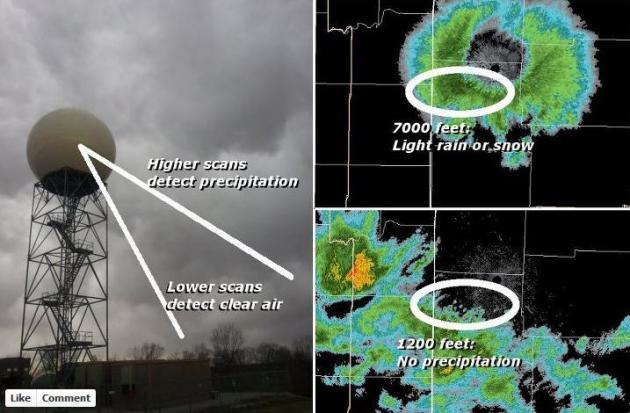


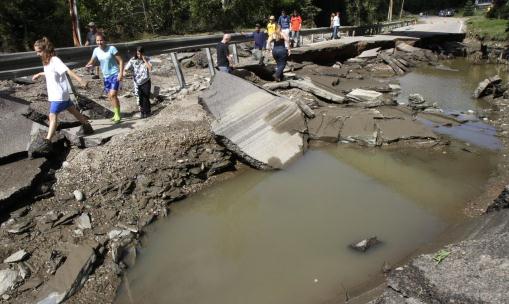
Irene Tops 2011 Stories In Vermont. The Burlington Free Press has the story: "MONTPELIER -- Throughout that last week of August, Vermonters watched as Hurricane Irene made its way up the East Coast. People stocked up on batteries and bottled water, but few expected the state to become the focal point of the storm's wrath, and when Irene hit, it caused epic damage from Waterbury to Whitingham. In a few hours, Irene dumped up to 11 inches of rain on the spine of the Green Mountains, quickly turning peaceful streams into raging torrents that passed their anger into bigger brooks and rivers, destroying or damaging more than 500 miles of roads and 200 bridges.Six people were killed and hundreds of homes damaged or destroyed, with thousands of people left homeless. The state office complex in Waterbury was made unusable, and the state hospital was evacuated." Photo above courtesy of the AP.
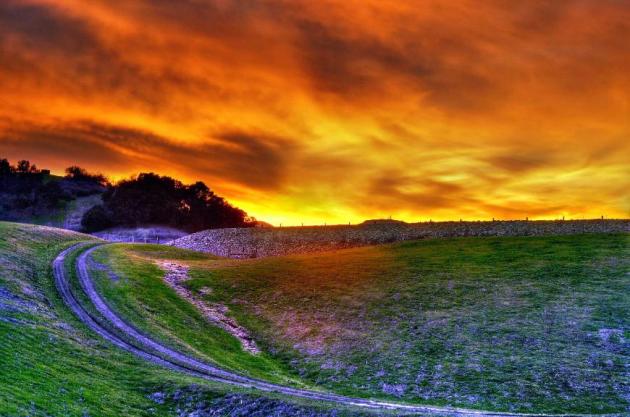
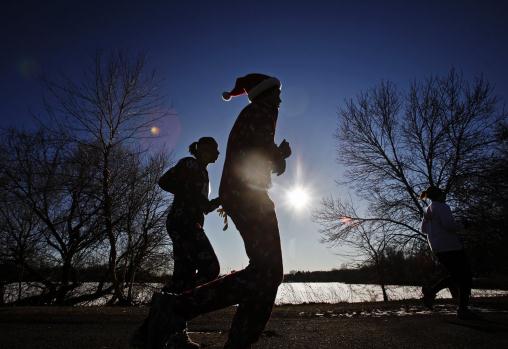
Enjoying "Octember"?
"May you live in interesting times." No kidding. Yesterday would have been mild for Halloween but 52 F. on Dec. 26? Warm enough for grilling in my back yard; gazing out at a partially-frozen lake. In late December. Nice on one level, but a bit disturbing too.
You just endured/enjoyed the warmest Christmas since 1999, only the 4th time since 1905 we've been 42 F. or warmer. Neighbors seemed dazed, in a deer-in-the-headlights way. 52 F broke the old record, set in '36, during the Dust Bowl!
We seem to be experiencing what I call "all or nothing" winters. Either we get socked with snow, like last year, or we limp into January with precious little powder. More winters than not Minnesota's snowcover is fickle, unpredictable, unreliable for those of us who want to get out and enjoy it.
What is remarkable about this pattern is the sheer persistence of unseasonably mild, Pacific winds. Almost like a perpetual January Thaw (which usually lasts a few days after Jan 1). we'll see 30s/40s into the first half of January - allegedly the coldest, snowiest month of the year. Expect a cooling trend today, a slushy coating Thursday; low 40s New Year's Eve?
Welcome to another "Winter Lite".
Photo credit above: "Under unusually warm, sunny skies runners made their way around Como Lake Sunday, Dec. 25, 2011 in St. Paul, during the Christmas Day - Joyful 5K run." Courtesy of the Star Tribune.
Climate Stories..
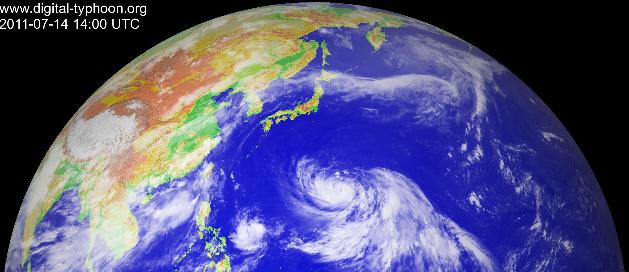
New Paper Estimates 74% of Warming Is Man-Made. The update from Daily Tech: "Markus Huber and Reto Knutti, researchers at the ETH Zurich's Institute for Atmospheric and Climate Science, earlier this month published an interesting research letter in the peer-reviewed journal Nature Geoscience, entitled "Anthropogenic and natural warming inferred from changes in Earth’s energy balance". This letter is significant, as it appears to be the first climatology work to try to extensively model warming from an energy balance perspective. This represents a major step forward in trying to understand a model global warming. Ultimately, the paper tries to assign a percent blame to mankind for the current warming. However, there is good cause to debate the validity of these final conclusions, given some of the paper's rather naïve methodology. It is here that the paper falls back on the mistakes of some of its predecessors in perhaps oversimplifying the system."
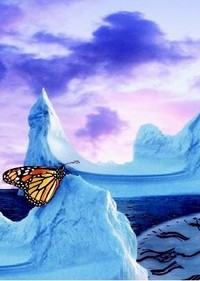
Our View: Embrace Of Global Warming Gives Faith. Here's an Op-Ed from the Mankato Free Press: "....Her own words give a clear impression of how levelheaded she is: “People ask me if I believe in global warming. I tell them, ‘No, I don’t,’ because belief is faith; faith is the evidence of things not seen. Science is evidence of things seen. To have an open mind, we have to use the brains that God gave us to look at the science.” And she knows the science is there when it comes to the global warming issue. She teaches at Texas Tech in Lubbock, conducting research and writing, and serves as a reviewer for the main United Nations report on climate change. Hayhoe is used to insults, nasty emails and criticism for being vocal about the facts being facts in the matter of climate change. Still, she meets with Christian colleges, church groups, senior citizens, professional associations and just about anyone else to explain that Earth’s climate is changing and that human beings are behind it."
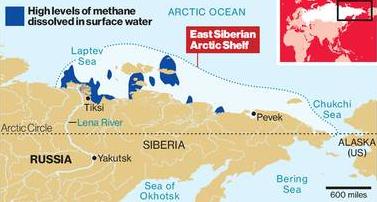
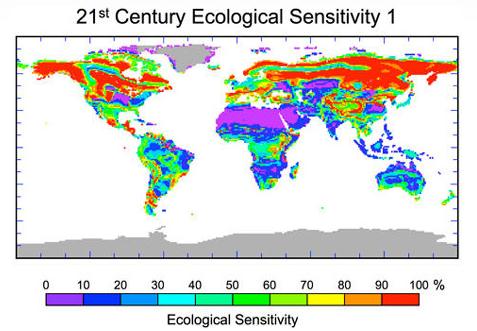
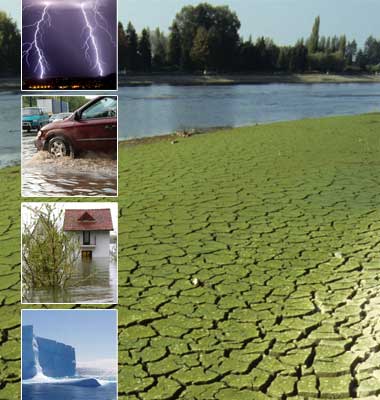
Earthquakes, Floods, And Everything In-Between Socked New Jersey In 2011. Here's a story from AP and The Republic: "Mother Nature, it seemed, was awfully moody. Rising global temperatures may play a role in the dramatic climatic shifts, Robinson said. The year already qualifies as the wettest on record, and is expected to finish as the warmest as well. "Sometimes the atmosphere tends toward extreme patterns, and other times it's more benign," he said. "That's part of normal fluctuations. At the same time, the warmth is part of an ongoing upward trend of temperatures. As the atmosphere is warmer, it can hold more moisture, so there may be some linkage between us getting warmer and us getting wetter."
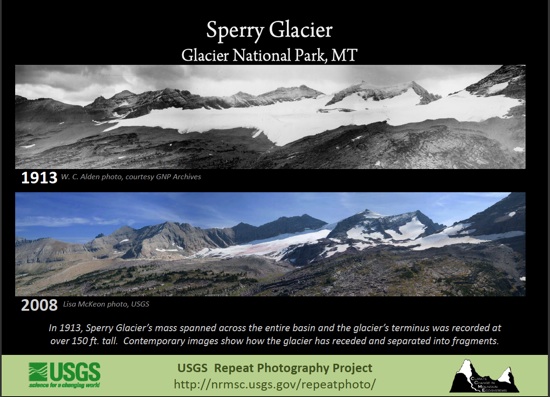
Retreat Of Glaciers Makes Some Climbs Tougher. A story from The New York Times: "Like Mr. Fowler, mountaineers around the world find themselves forced to adjust to a warming world. Routes that were icy or glaciated in the middle part of the past century, when the world’s highest peaks were being conquered for the first time, are turning into unstable and unappetizing rock. “Almost every area and route in every range have been affected,” said Jeff Jackson, editor of Rock and Ice , a climbing magazine. The main issue, scientists and climbers say, is that as permafrost, ice and glaciers melt, they leave areas of teetering rock. Some rock formations high in the mountains have essentially been held together by ice, which “acts as a glue,” said Christian Schlüchter, a professor at the University of Bern’s Institute of Geological Sciences." Photo above courtesy of USGS.